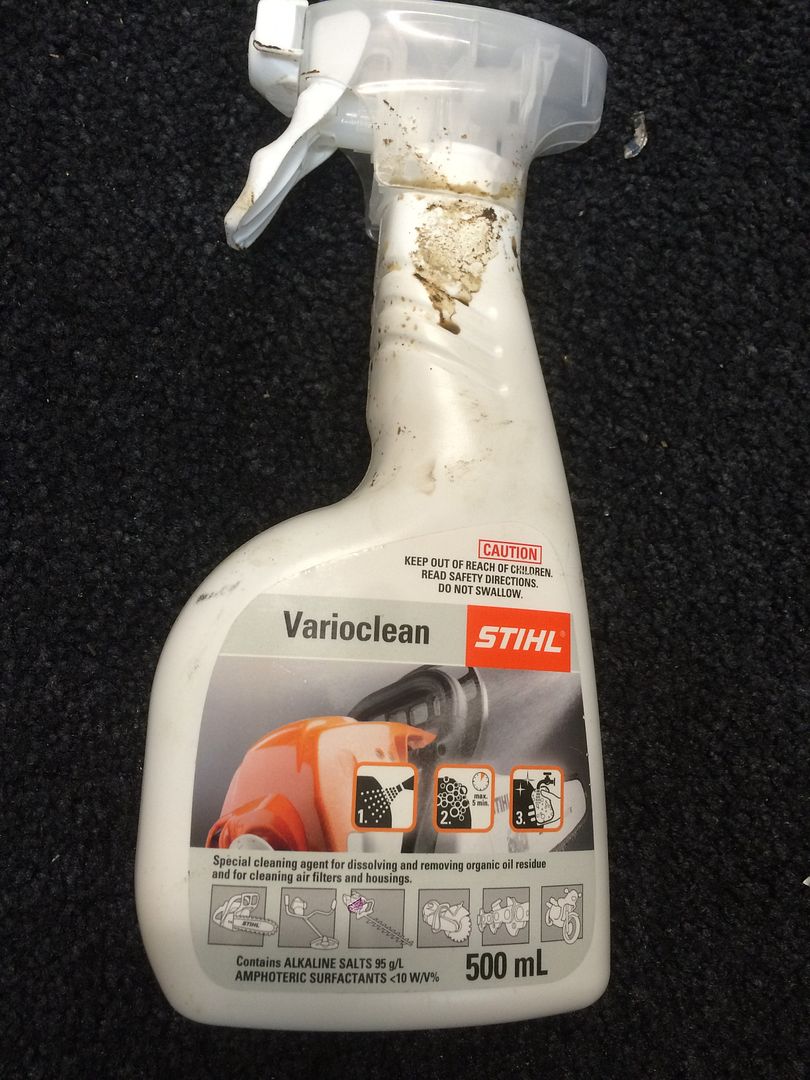Jimbo209
ArboristSite Guru
What fluids are being used to clean parts both remedies and commercial products
What works and where on bits such as
Chains
Mechanical ie, carb
Body - cases, clutch covers,mufflers, plastic, mag and steel.
Thinking lemon juice, metho, turps, detergents from dish soap to simple green, bicarb, unleaded gas, diesel??? Some won't mix I know, just what.
Or other similar fixes like Have also found stainless kitchen polish great for bars
Posting this as I have just got this
What works and where on bits such as
Chains
Mechanical ie, carb
Body - cases, clutch covers,mufflers, plastic, mag and steel.
Thinking lemon juice, metho, turps, detergents from dish soap to simple green, bicarb, unleaded gas, diesel??? Some won't mix I know, just what.
Or other similar fixes like Have also found stainless kitchen polish great for bars
Posting this as I have just got this





